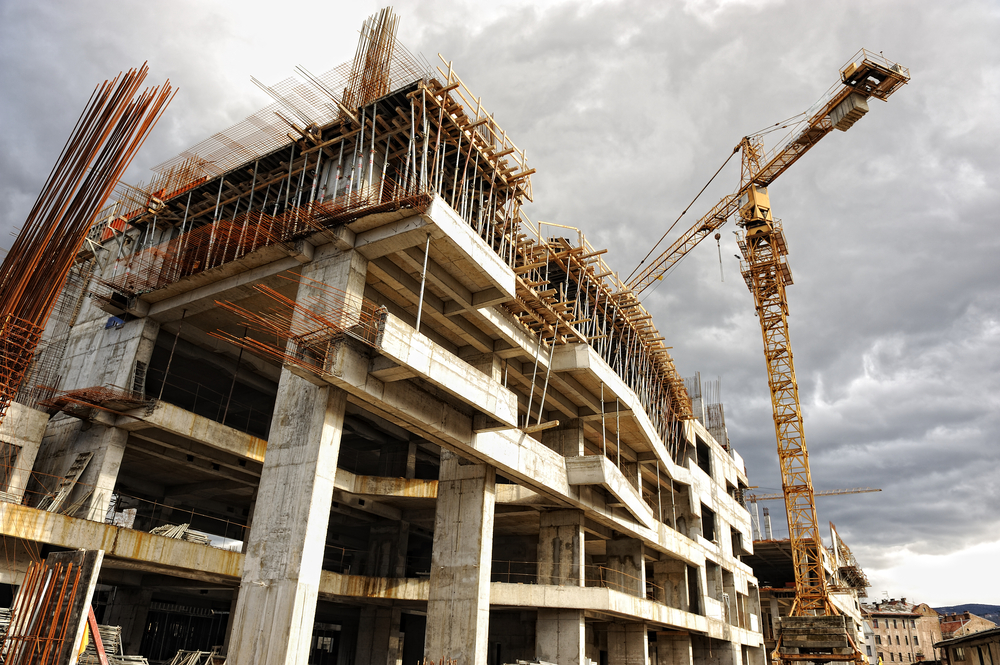How can BIM Help Contractors to Achieve Higher Project Success

Building Information Modeling or BIM has been around for some time, but the construction industry is just realizing its potential. BIM uses an intuitive 3D modeling-based design process that provides contractors and architects the means to efficiently design, execute and manage buildings and infrastructure projects.
According to the US National Building Information Model Standard Project Committee, BIM is used to represent the physical and functional characteristics of a facility. Today, we will take a look at the benefits that BIM provides to contractors and sub-contractors so that you can decide whether it's right for you.
Benefits of BIM for Contractors
1. Preconstruction Phase
BIM allows contractors to coordinate with the designers during the preconstruction phase to create the building model. Project owner and designers can convey their expectations directly to the contractor using BIM, which makes room for accurate schedules and cost estimates. BIM offers an actual visual representation for the contractor and helps him manage risks and validate costs.
Contractors are also able to identify design flaws before the construction begins to reduce rework and expenses.
2. Construction Phase
You can use the BIM as your information resource during the construction phase. The data helps you assign tasks efficiently using the model and track the progression of the project by updating your model. Contractors can even link BIM to schedule while recording labor productivity information to bring transparency on construction progression.
The change in the model is visible to the whole team and fosters collaboration between the contractor and other stakeholders. Subcontractors can also use the information in the model to work on HVAC, MEP and other installations.
3. Post-Construction Phase
Many contractors also offer maintenance service for the components they install. The BIM provides crucial information about all building components including model, part number and more. The information facilitates management and maintenance helps resolve issues quickly and effectively.
Additional Benefit of BIM
Here are some other benefits of BIM you can enjoy as a contractor-
4. Accurate Project Bids
Contractors need to estimate the cost of building materials, systems and equipment to develop a suitable bid. Manual ways of estimation based on 2D takeoff tools are not really efficient in reflecting the actual costs and requirements. The process is also laborious, time-taking and vulnerable to errors.
BIM enables contractors to develop accurate bids by accounting for the quantity of materials, systems, costs, and other nuances. The process not only leads to higher bid accuracy but also makes it faster.

5. Enhanced Change-Order Management
2D takeoff solutions are not ideal for managing change orders as they can't intelligently detect modifications, additions, or subtractions of a project. Using BIM for change-order management helps you to-
- Generate better insights for effective control on change
- Present changes visually including associated quantities
- Isolate systems or components that have been added, modified or changed
- Review quantity variances and validate change orders
- Verify cost submittals of subcontractors using minimum resources
6. Conflict Detection and Resolution
BIM enables contractors to detect conflicts and take remedial measures by visualizing various project details through a practical model. For example, BIM can tell you if your electrical fittings clash with plumbing fittings automatically as any change in the model reflects on associated components.
7. Facility Management
BIM provides data on longevity and replacement costs of systems and equipment. Contractors can use the data to plan new installations, modifications, or other changes as a part of facility management. Lifecycle data also provide the basis for cost forecasts associated with improvements and upgrades.
BIM for Project Success
According to a Dodge Data & Analytics report, BIM helps contractors to increase quality, productivity, efficiency and safety of their projects. You can also minimize errors, reduce rework and save costs- something which 40% contractors are able to achieve using BIM.

Anuj Srivastava
Anuj Srivastava is a principal partner at NY Engineers. He is known for his MEP franchise market knowledge. Anuj is currently leading a team of 100+ MEP/FP engineers and has successfully led over 1500 franchise projects in the US.
Related Posts
Join 15,000+ Fellow Architects and Contractors
Get expert engineering tips straight to your inbox. Subscribe to the NY Engineers Blog below.
